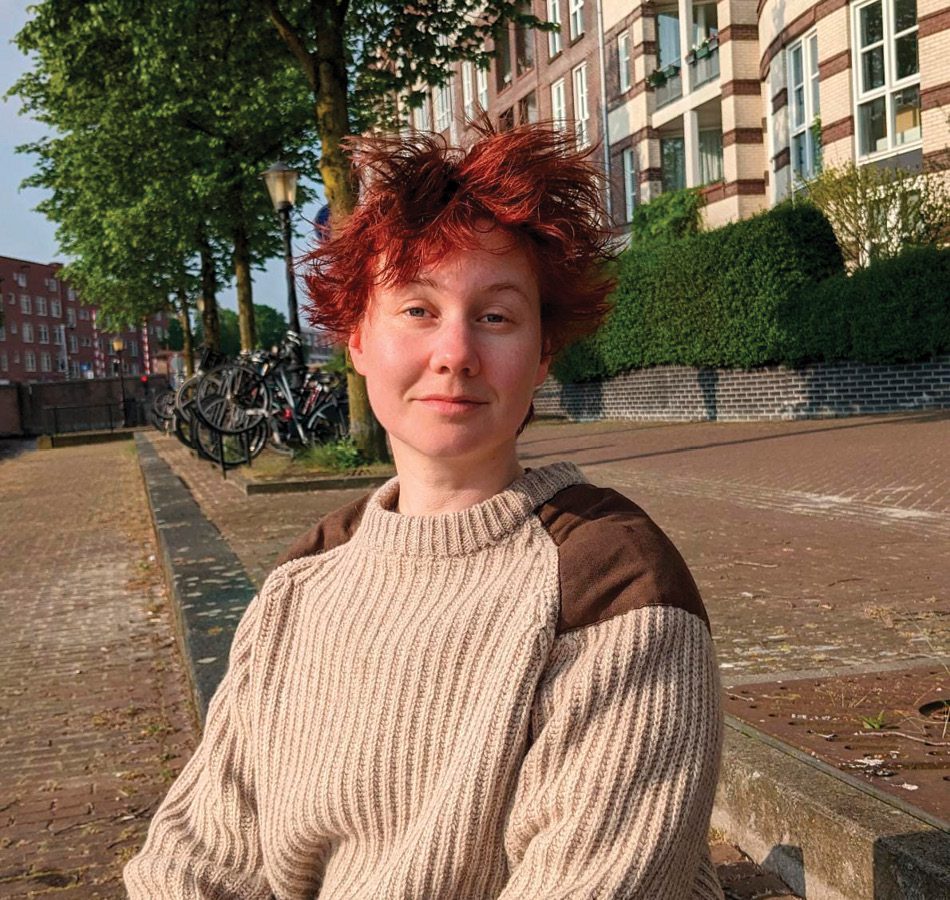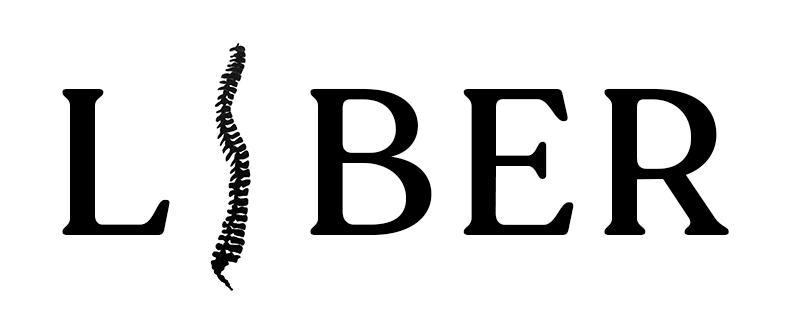
Newly discharged from my stay in the literary ICU that is Garth Greenwell’s novel Small Rain, I still had tubes, monitors, and groggy returns to consciousness on my mind when I encountered the narrator of Valentijn Hoogenkamp’s Antiboy waking up in a hospital bed. Surfacing from the anesthetics, Antiboy, Anti for short, tells the story of Hoogenkamp’s own transition and coming out. Described by the publisher as a nonfiction essay, but reading like an autofictional novel, this is the second book by the Dutch writer and artist, who is nonbinary and uses the pronouns he/him.
Antiboy opens his eyes to see “sweet boyfriend Mort,” good friend Charlotte, and “my mum. But no, she isn’t here, if I ever see her again I’ll beat her to death with a big diamond.” Okay, cryptic. We soon learn that Anti’s mother is dead. It’s Mort, Charlotte, and the nurses who care for him after a procedure that is both a risk-reducing mastectomy and gender-affirming top surgery. Another friend, Slimane, is Anti’s wise guide through transition. Antiboy’s mother, who died young from ovarian cancer, had harmful mutations in the BRCA1 gene. During her illness, Antiboy had a genetic test and learned that he too had the BRCA1 mutation. Medical advice: Remove your breasts and uterus. Have a child quickly, now, if that’s your intention.
Consciousness blurred by the “really good drugs” that the hospital dispenses, Antiboy awakens from this preventative surgery, which was something he decided on, a rational defense. He can’t know when or if cancer will come, but the operation, as he calls it, removed the vulnerable tissue where malignancy might erupt. A week before his mother died, he had sought her advice about surgeries and having children first. “You should stay with Mort” was all she said, advising Antiboy to do what we come to understand she had done: stay in a normal relationship with a nice man whether it suits you or not.
At the same time, in the same hospital bed, Antiboy comes to from a hard-won gender-affirming top surgery. He had consulted a famous plastic surgeon, who tried to steer him away from a choice that would be “aesthetically undesirable . . . for a young woman like you.” You have, the surgeon said, “beautiful breasts and shouldn’t go a single size smaller.”
Anti counters that “they don’t really feel like they’re part of me,” but the doctor doesn’t yield. Reconstruction, he explains, and implants, are important for a woman’s mental health, for a return to normal. “I’ve come here with a high risk factor for cancer,” Antiboy observes, “and the doctor’s idea of consolation is to keep telling me I won’t be ugly afterwards.” While the surgeon’s arrogance is easy to vilify, Antiboy has not yet fully articulated his intention to transition. His decision to have the protective operation catalyzed his decision to create a flatter, more masculine chest. At this point, the middle of Hoogenkamp’s story, Anti’s transitional actions—changes to clothing, hair, and body—are coming faster than his words.

This sense of tumbling forward—actions first, words voiced later, or omitted entirely—is the effect of a narrative design that not only tells Anti’s story but also, at its best, makes his psychological distress palpable. Antiboy begins as if it were a conventional memoir, recounting his great-grandmother’s, grandmother’s, and mother’s migrations across the Dutch colonial diaspora, but by the second page we’re at the hospital bed. The narrative doesn’t proceed chronologically through the thirtysomething years of Antiboy’s life. Rather it proceeds traumatically, in thirteen short chapters made from misaligned incidents and asynchronous reflections that build to an understanding of the author’s experience of gender incongruence. By the end of the first chapter, Anti is a child again, sinking in muddy ditch water. “I am seven and something is wrong with my face. Given that I will never have different bones and cannot pull off my skin, I decide to drown myself in the ditch at the end of the schoolyard.” Hoogenkamp’s disordering of the story at times makes us gasp as we experience how trauma that occurred in the past doesn’t stay in the past but breaks into the present to be reconsidered and understood.
The challenge for us, Hoogenkamp’s readers, is to persist through the disorder, piecing together the biographical fragments and reinterpreting the schema as new fragments surface. For example, the “big diamond,” potential matricide weapon, is a detail whose meaning evades us. We hear about Anti’s mother and her tragic death, yet she remains an enigma. We understand she did not love her kindhearted husband but stayed in the marriage by keeping to the background of the family, doing her own thing. She rode a blue motorcycle and taught Anti how to wear florals and pearls. She put their diaries in the bathroom “so that guests had something to read” and fearlessly cooked up long-expired cans of food. At her funeral, she’d arranged to have Queen’s “I Want to Break Free” blare as her casket was lowered, waiting, Anti tells us, “until the very end to draw so much attention to herself.” Thinking Mum might have been a lesbian, Anti seeks out her mysterious friend Clarice, only to learn that they were in a Ridhwan spiritual group together, which (I discover) teaches something called the Diamond Approach—aha!—a detail that’s not in Hoogenkamp’s text, yet is, in a way. At the end of Anti’s sleuthing, we understand his rage, but the danger of too many unexplained gems is that readers are likely to miss connections and just not understand the story.
Just as the blurred storytelling, fragmented incidents, and reordered time challenge readers, so does Anti’s transition challenge boyfriend Mort. As the mastectomy also becomes top surgery, Mort holds steady, telling a friend that “he always wanted to stay with [Anti] . . . no matter what.” He’s a caring boyfriend post-op, but in public pushes Anti away, not wanting to be perceived as gay. When Anti finally identifies as nonbinary, it’s the end for Mort. “You know I only like women,” he says, later asking Anti “to help him [Mort] mourn the girl he had lost.”
Anti’s friendship with Slimane has a brighter future. Once teen lovers, the friends disappear and reappear in each other’s lives. It’s in their conversations that Anti begins to find the words to talk about gender identity. He asks, “Slimane, how did you know you were trans?” Slimane, who’s studying to be a therapist, models how to choose a new name and ask people to use it. He also gives Anti a way to think about their past together as baby dykes. “You thought at the time that I was a girl,” Slimane says, “and it’s all right to remember that.”
The present tense of the novel is June 2021, the Summer of Trans Rage in Amsterdam, when protesters demanded changes to the system of gender-affirmative care: no wait lists, no diagnosis, self-determination. Energized by the movement, Anti starts to read widely anything with queer and trans characters, and to engage people in conversation about their experiences of gender. It’s as if he has just discovered language. His chest is healing. The waters of the IJ sparkle. He’s wondering what kind of swimsuit he’ll wear. He asks his father to call him by his new name. D

